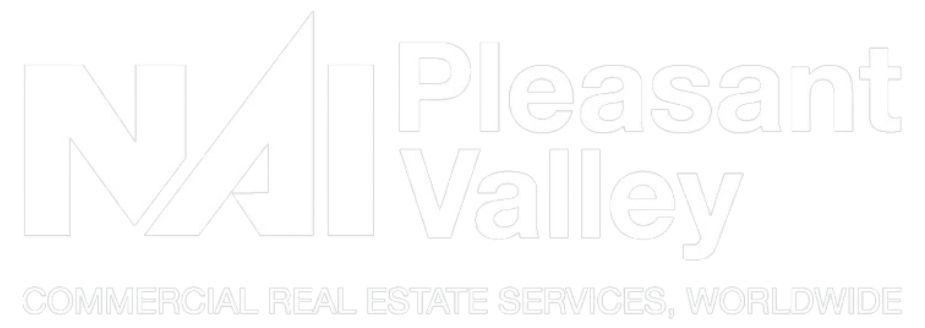Splitting the Difference. Evaluating the Feasibility of a Real Estate Development
Alec Pacella, CCIM
Managing Partner
NAI Daus in Cleveland, Ohio
@dausyouknow Twitter
apacella@naidaus.com
Last month, it was announced that Amazon is converting the old Randall Park Mall site as a location for one of its massive fulfillment centers. The numbers associated with this facility are staggering. At an anticipated 855,000 square feet, it will be the largest warehouse/distribution development ever in northeast Ohio. The projected employment of 2,000 is more than the entire population of North Randall. And the projected cost of the facility is $177 million. Numbers like this can make a person dizzy – so how does a developer make sense out of it all?
This month, we are going to take a look at two of the most common approaches that are used by developers when evaluating the feasibility of a real estate development.
Before either of these approaches can be used, the developer first needs to determine a figure known as the Total Project Cost. This include hard costs, such as concrete, steel, plumbing and associated labor, as well as soft costs, such as fees, professional services and contingencies. It does not include profit but don’t worry, we will get to that in a few minutes. Once an accurate Total Project Cost is determined, the developer can use either the Cost Mark Up method or the Rent Constant method.
The Cost Mark Up method calculates the profit as a percentage of the “all-in cost” and is a series of gross ups. The first step is to multiply the Total Project Cost by the target Mark Up percentage, which indicates the Profit. This Profit is then added to the Total Project Cost, which results in the Net Market Value. And finally, an estimate of Sales Cost, as if the project would be immediately sold when completed, is added to the Net Market Value, which provides the Total Market Value. Click here to read entire article

